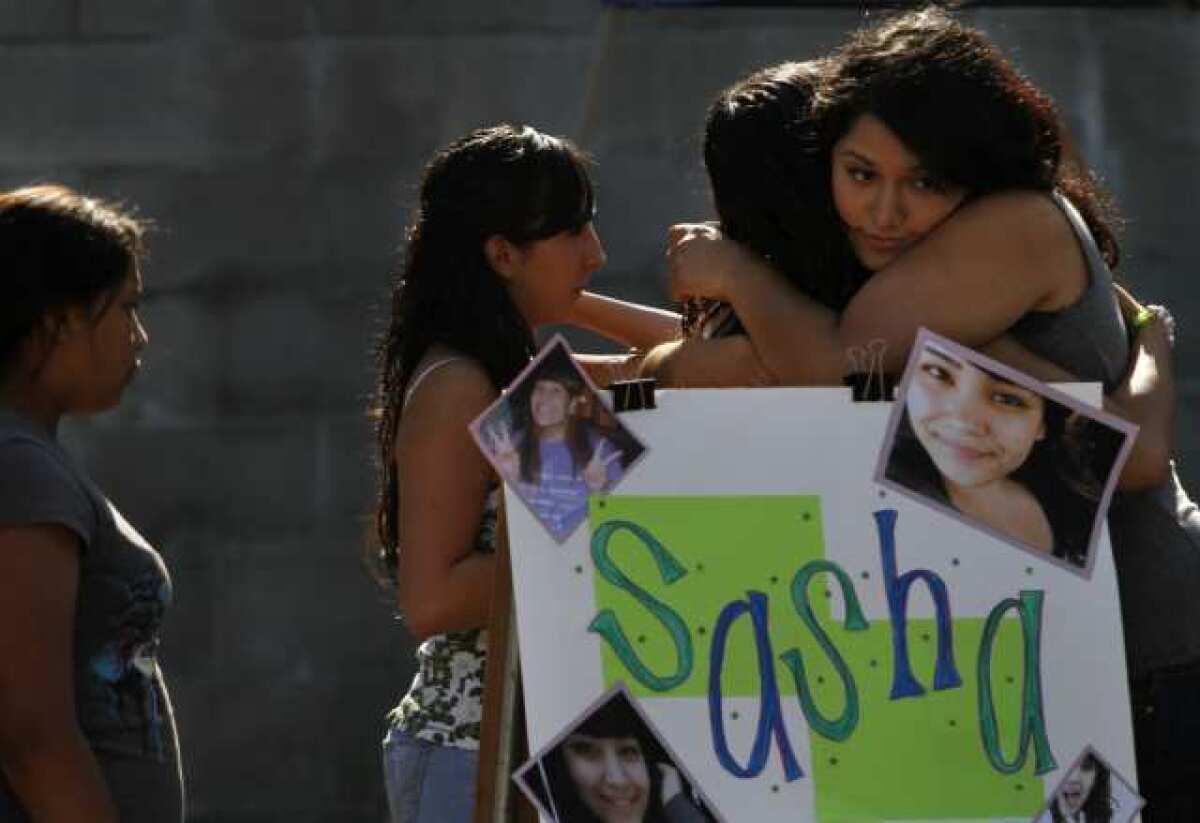Family of girl, 15, who overdosed at Coliseum rave to get payment

- Share via
The family of a 15-year-old girl who overdosed on Ecstasy at a rave concert at the Los Angeles Memorial Coliseum and later died will receive a settlement of $190,000 on behalf of the stadium, the rave promoter and a former Coliseum manager, lawyers said.
Attorneys for both sides said an insurance company for the promoter, Insomniac Inc., paid $175,000 for its liability and the Coliseum’s. An insurer for the Coliseum manager, Todd DeStefano, paid $15,000.
The teenager, Sasha Rodriguez, was at the rave even though the minimum entry age was 16. She was there without her parents’ permission.
Steven D. Archer, an attorney for her parents, said they believed both the venue and the promoter were responsible for what happened and “there has to be oversight to prevent children from being able to gain entry and be put into a position of danger.”
“These are events that attract people who will use drugs,” Archer said. “It’s not the kind of environment for children.….The tragedy is that it took the death of a 15-year-old girl to focus attention on the Coliseum Commission and the practice of allowing raves on their property.”
A rave promoter, Insomniac Chief Executive Pasquale Rotella, and DeStefano have been charged in a corruption case unrelated to the Rodriguez lawsuit. Prosecutors allege that DeStefano was bribed with at least $1.9 million by Rotella and another rave promoter, Go Ventures Chief Executive Reza Gerami, in return for low-cost access to the venues. All three have pleaded not guilty.
Police and emergency room physicians have said that raves at the Coliseum complex were a magnet for drug use and brought security problems that far exceeded those stemming from other events.
But the Coliseum Commission, a nine-member panel including representatives from the state, county and city, supported the continued scheduling of raves until February 2011, when The Times reported that DeStefano had been receiving money from the promoters even as he oversaw health and security issues for the events.
A lawyer for Insomniac, Gary Jay Kaufman, said in an email that Sasha’s death was not the promoter’s fault.
“Insomniac was sued for who we were, not what we did,” the statement said. “If Sasha Rodriguez had snuck into the Hollywood Bowl during a Barry Manilow concert and overdosed on some drug, there never would have been a lawsuit.
“Insomniac did not admit any wrongdoing or liability as part of the settlement because they did not in fact do anything wrong.”
After the teen’s death, Insomniac, promoter of the Electric Daisy Carnival rave, barred minors from the raves.
Lawyers for the Coliseum Commission have maintained that the Rodriguez lawsuit had no merit.
County Supervisor Mark Ridley-Thomas, who sits on the panel, issued the following statement: “The only thing $190,000 settles is which side had better lawyers. Unfortunately, this settlement compounds the tragic death of Sasha Rodriguez.”
A lawyer for DeStefano declined to comment.
More to Read
Sign up for Essential California
The most important California stories and recommendations in your inbox every morning.
You may occasionally receive promotional content from the Los Angeles Times.














